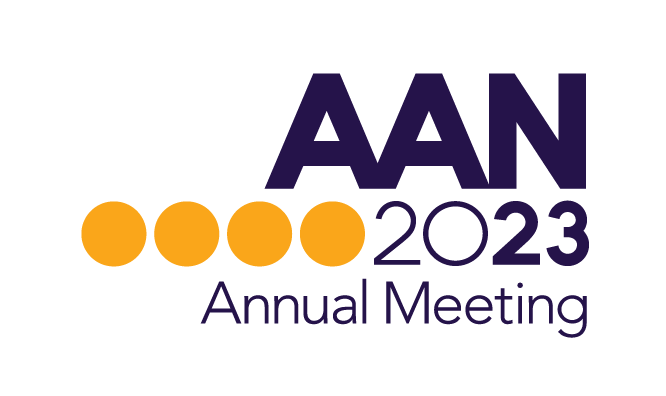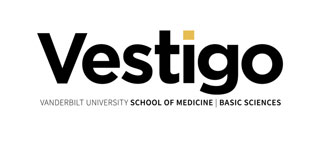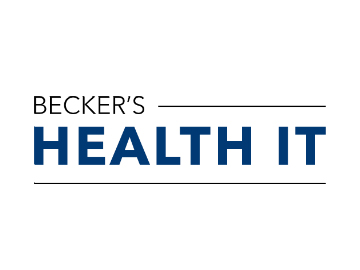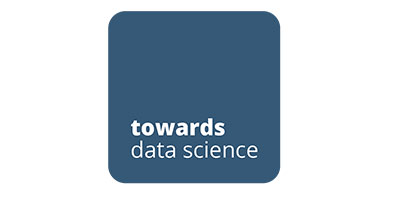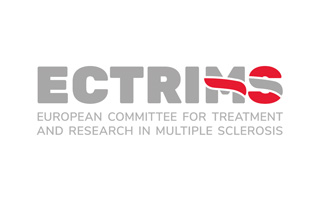
Identification of T cell and B cell repertoires from whole blood RNA sequencing in multiple sclerosis and neuromyelitis optica
October 2023 – Platform Presentation
Cody N. Heiser1,2, Lukasz S. Wylezinski1,3, Cheryl L. Sesler1, Guzel I. Shaginurova1, Elena V. Grigorenko1, Franklin R. Cockerill, III1,4, Michael K. Racke5, and Charles F. Spurlock, III1,3,6
1 Decode Health, Nashville, TN, USA
2 Department of Cell and Developmental Biology, Vanderbilt University School of Medicine, Nashville, TN 37203
3 Department of Medicine, Vanderbilt University School of Medicine, Nashville, TN 37203
4 Department of Medicine, Rush University Medical Center, Chicago, IL 60612
5 Quest Diagnostics, Secaucus, NJ, USA
6 Wagner School of Public Health, New York University, New York, NY 10012
Introduction. Multiple sclerosis (MS) and neuromyelitis optica (NMO) are autoimmune demyelinating diseases with similar clinical presentation. While MS is largely believed to be driven by T cell activation, B cells play a prominent role in NMO pathogenesis. Differential diagnosis of NMO is often based on the presence of aquaporin-4 (AQP4) antibodies and detected in nearly two-thirds of patients. Understanding the composition of T cell receptors (TCR) and B cell receptors (BCR) in MS and NMO may inform strategies to monitor disease activity and devise efficient development of targeted immunotherapies.
Objectives/Aims. This study aimed to characterize TCR and BCR repertoires for treatment naïve relapsing-remitting MS (RRMS) and NMO patients.
Methods. Peripheral whole blood was collected into PAXgene Blood RNA tubes from treatment naïve RRMS (n=105), NMO (AQP4+=39; AQP4–=14) patients, and healthy individuals (HC; n=69). Total RNA sequencing (RNA-seq) was utilized to examine coding and non-coding RNA expression profiles. Enrichment of somatic V(D)J recombination was assembled from annotated variable and joining chains identified in RNA-seq transcripts and compared between RRMS, NMO, and HC individuals.
Results. Overall diversity of the immune cell repertoire was evaluated across both disease cohorts as well as HC. Diversity was significantly reduced in NMO compared to RRMS patients, largely driven by AQP4+ NMO samples. Interestingly, a few BCR profiles were shared across more than half of both MS and NMO patients while no TCR profiles exhibited this same signature. Significantly enriched unique T and B cell V(D)J combinations were identified between RRMS and NMO patient cohorts. Within each disease cohort, subgroups derived from immune repertoires emerged. These subgroups include enrichment of both novel and previously identified disease-associated variable and joining chains in TCRs and BCRs.
Conclusion. Our findings support the hypothesis that shared and unique immune repertoires exist in RRMS and NMO patients. Detecting and tracking these differentially enriched immune cell receptor profiles in subgroups of RRMS and NMO patients could inform our understanding of disease initiation and future strategies that support diagnosis, subtyping, monitoring, therapeutic selection, and development of novel antigen-specific therapies.

